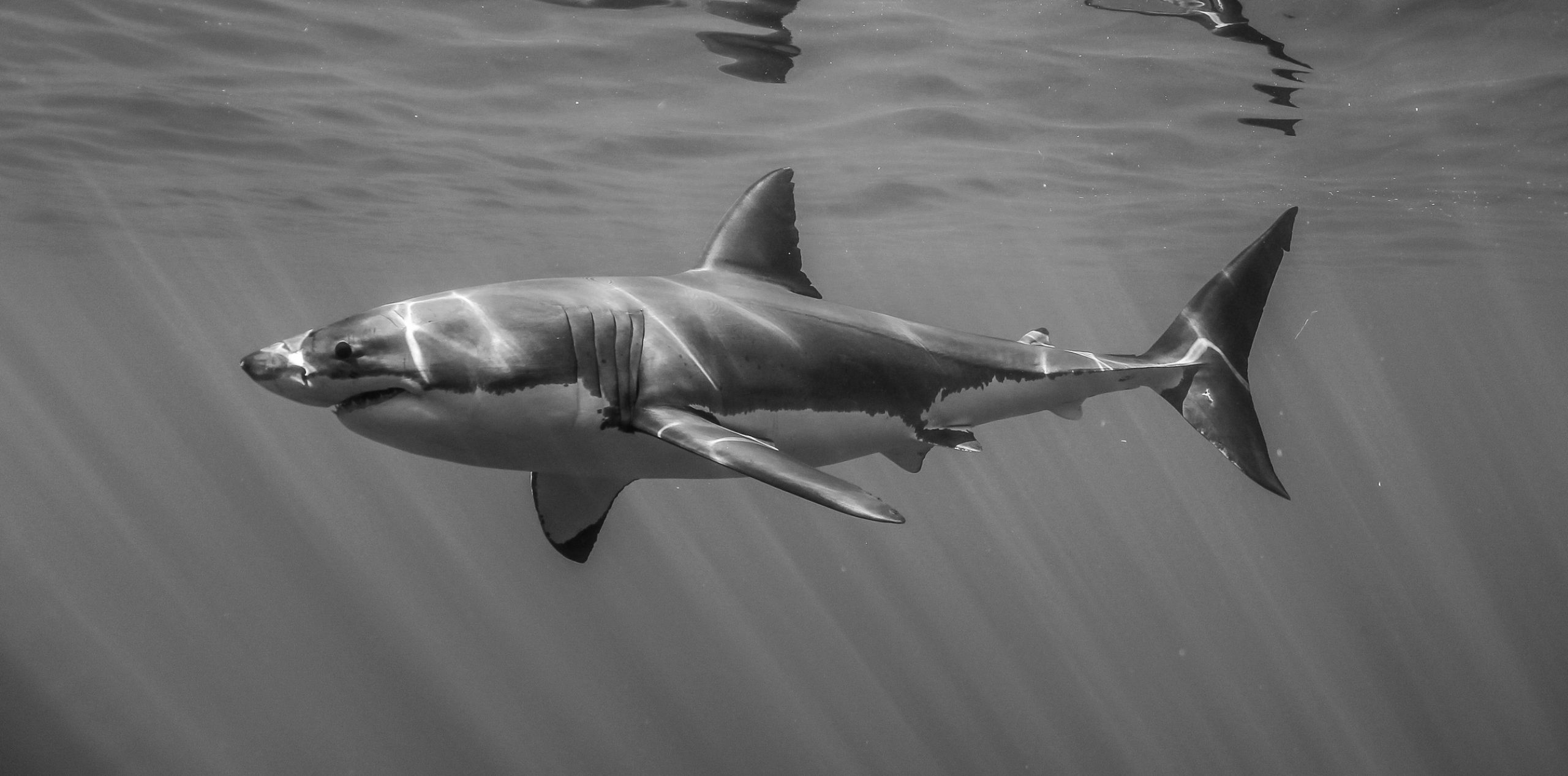Western Ecology Tour
I am delighted to be joining an awesome expedition team this June, developed and led by professional diver Andy Clark (https://andythenortherndiver.com/).
The UK’s marine environments are under more pressure than ever before. From the plastic pollution littering our beaches to the damage done by discarded fishing gear and intensive or sometimes illegal fishing practices. It is imperative to gain a better understanding and awareness of these issues and the action required to protect the seas we all love and depend on.
The team Andy has assembled includes divers, marine biologists and underwater videographers with the aim of assessing the marine environments along the West coast of the UK and to support the vital work of specific projects with the goal of protecting these habitats for future generations.
I will be involved in the Northern most part of the expedition, diving Loch Carron and Loch Duich and explaining more about the Shark and Skate Citizen Science Scotland group that my colleague Chris Rickard and I have set-up (https://en-gb.facebook.com/groups/sharkandskatecitizensciencescotland/).
If you would like to learn more about the expedition or support the projects involved please check out the expedition proposal which can be found here: https://andythenortherndiver.com/expedition-wet/




















